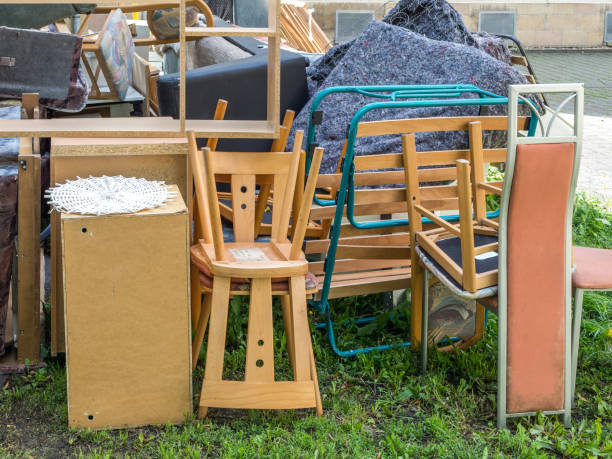Do your bit for the environment by keeping these factors in mind when your home is ready for a revamp
Read Time: 2.5 minutes
Are you on a mission to make your home greener with sustainable interior design? Here are six simple tips that will help you reduce your overall carbon footprint.
Opt for Quality Over Quantity
When it comes to interior design, it’s easy to get caught up in the latest fast homeware trends and go overboard. Rule number one is to focus on quality over quantity — take time to think about what your home needs and choose items that will withstand the test of time and make your space feel welcoming rather than cluttered. Let’s face it: a few carefully selected pieces of high-quality furniture look better and will last far longer than cheap, mass-produced items that fall apart in a matter of months.
Look for Second-Hand Furniture
When looking for furniture, consider buying some of it second-hand. Just as kind to the planet as it is to your wallet, it helps save perfectly functional pieces from ending up in a landfill while also saving you money. Concerned about the condition of used furniture? Look for pre-loved furniture vendors like CouchCycled who make the process hassle-free by ensuring that the used couches they sell are in mint condition.
Buy Local
Buying from local brands allows you to significantly reduce your carbon footprint as less energy and carbon emissions are involved with shipping. You’ll also find that small businesses are often more environmentally conscious than big-box stores and so their products are often made with less packaging and more sustainable materials.
Make Use of Natural Light
Whether you’re designing a new home or renovating an old one, making use of natural light has both aesthetic and eco-friendly benefits. Choose fabrics for curtains that filter through sunlight or open up spaces with full-length windows and skylights. This will help to reduce your energy bills and also give your home a more open feel.
Ditch Plastic
Plastic is everywhere. It’s in our clothing, our cars, and even our furniture. However, it doesn’t always stay where it was intended to be, and a whopping 79% of plastic ends up polluting our natural environment. And it’s only going to get worse. According to National Geographic —if present trends continue— there will be 12 billion metric tons of it in our landfills by 2050. Wondering how you can help reduce this staggering amount? Try replacing some of your plastic products with eco-friendly alternatives made from materials such as bamboo, wood, stainless steel, and glass.
Go Green with Your Flooring
Prioritize the planet (and your health!) with eco-friendly flooring options. Carpets can be one of the biggest contributors to indoor air pollution as they harbor contaminants such as mold and mildew, dust mites, and bacteria. What’s more, the chemical fumes from the synthetic fibers used in their production are equally harmful to the environment. Go green by replacing your carpet with hardwood or laminate, or take sustainability a step further with recyclable materials like bamboo, cork, or rubber.



